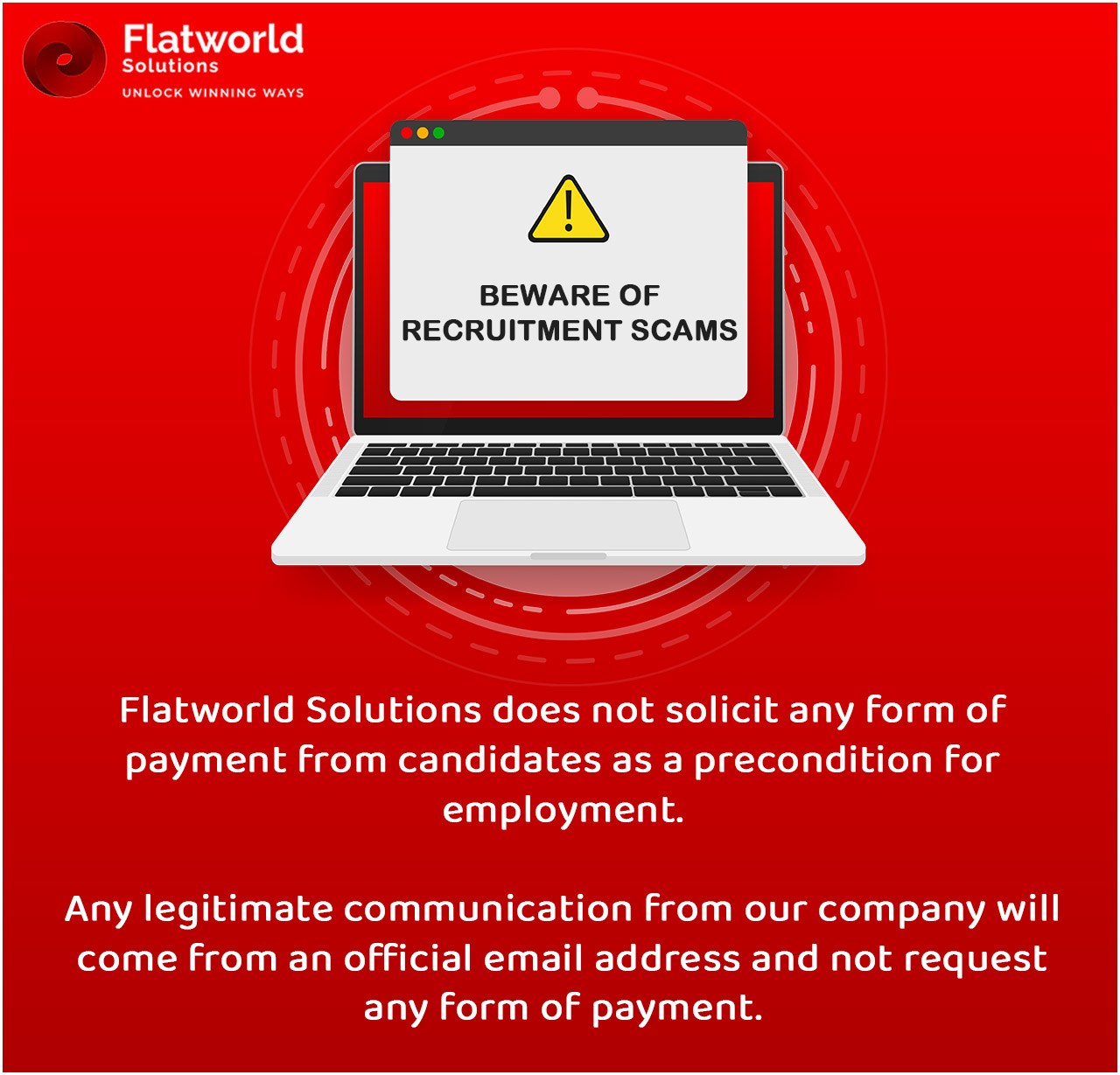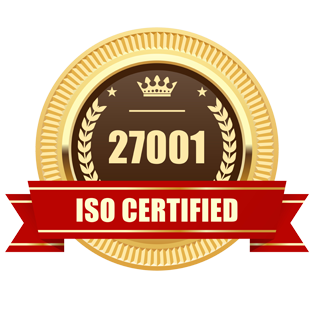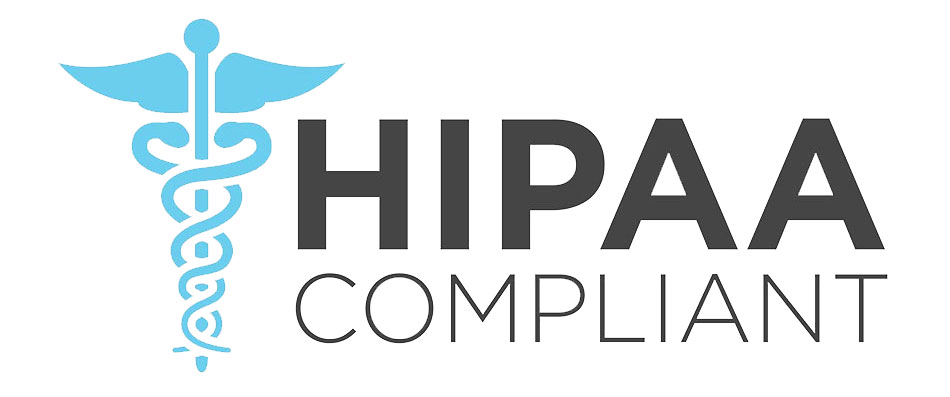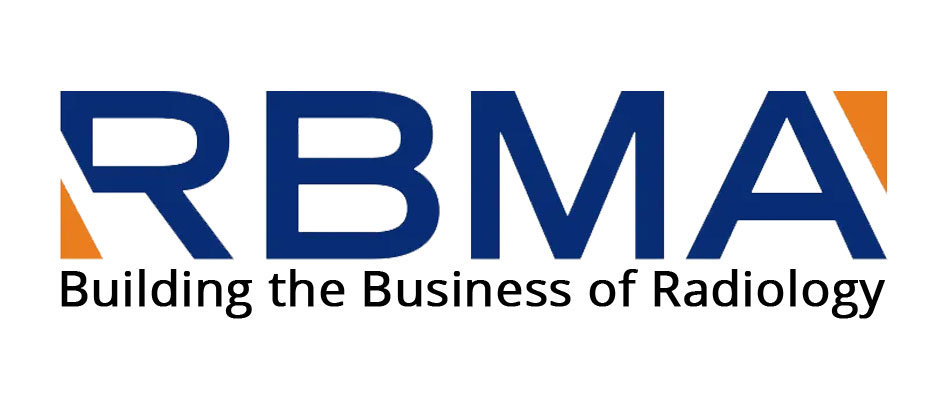The Teleradiology market is continuously growing and is expected to touch USD 10 million by 2022, expanding at an annual CAGR of almost 25% from 2016 onwards. By being able to bridge the gap between the actual availability of skilled radiologists and the expanding demand for the same, Teleradiology has allowed millions of patients to benefit from faster, more improved diagnostic imaging.
Technology also has played a big role in the way Teleradiology has found acceptance in the modern world. Growing demand for PACS and RIS software, and the rapid proliferation of EMR software have further ensured that Teleradiology processes continuously keep evolving. In this article we will have a look at the various technologies available for better Teleradiology workflow management, and figure out which combination works best.
Current Technologies in Teleradiology
PACS: It stand for Picture Archiving and Communication System and is used for both short and long-term management, storage, retrieval, and distribution of medical images. A far as radiology is concerned, the sharing and viewing of radiology images is extremely simplified with the help of PACS. The four important components of a PACS system are -
- Radiology imaging systems such as MRI, CAT scan, X-ray, etc.
- A secure and confidential network to exchange patient data and images
- Dedicated workstations or mobile devices with the help of which doctors can view, process, and interpret images
- Archives to store and retrieve images and other related documentation
RIS: RIS stands for Radiology Information System and is extremely useful when it comes to patient management. With the help of RIS, radiologists can -
- Add patients to the system and track their whole healthcare history
- Easily access wait-time information
- Deliver diagnostic images to places however remote
- Easily manage order entry, schedule appointments, etc.
EMR: Electronic medical records have simplified the way the healthcare industry functions over the years. They are more beneficial than paper records since with the help of EMR, clinicians can -
- Track patient data over time easily
- Identify all patients who are due for doctor visits and screenings
- Monitor patient diagnosis, medical conditions, and pharmacy recommendations
- Improve the overall quality of care in the healthcare practice
PACS/RIS vs. EMR/RIS: What are the Differences?
In order to stay ahead of the competition and cut costs, many healthcare practices are moving towards a unified system of healthcare and using a combination of the above technologies for better patient satisfaction and smoother workflows.
PACS/RIS Integration
-
How Can It Help? Today, digital imaging owes a great deal to PACS, which is the backbone of any diagnostic center or practice because of its ability to store and easily manage digital patient images. While PACS has a great deal of influence on how an imaging center manages its business and its patients' data, RIS helps to streamline department workflow by making it more streamlined and managing critical functions such as order entry, tracking, billing, inventory, etc.
By leveraging the positives of both PACS and RIS, healthcare facilities are looking for an ideal PACS/RIS integrated solution so as to gain access to more complex data which in turn can help them in advance business planning, deciding which of their offerings are more profitable, which physicians are the most sought after, overall productivity levels, etc.
What are the hindrances? There is one major issue which come up when hospitals or healthcare centers decide to integrate PACS and RIS. The first issue is that DICOM (Digital Imaging in Communications and Medicine); the transmission protocol adapted for PACS all over the world does not work well with HL7 (Health Level 7); the standard used for all HIS and RIS. In simple terms, an RIS cannot access PACS data unless it has a DICOM interface
What are the benefits of integration? The most obvious benefit is that an integrated PACS/RIS database helps to improve data integrity, and feature common interfaces and workstations. Also, an integrated system costs much lesser than buying a separate RIS and PACS for healthcare management. Finally, increased throughput from such a combined system helps to generate new revenue while saving the practice a lot of money in image storing and image capture
RIS/EMR Integration
How can it help? RIS vs. EMR has always been a heady challenge for hospital enterprises. At the same time, by transitioning to EMR, radiology workflows can forever change for the better, while RIS becomes more effective in overall patient and data management. With the help of a combined RIS/EMR system, order entry will become streamlined for all clinical processes, including imaging. Radiologists and other clinicians stand to benefit as well, as by being able to access a patient's complete data electronically easily from a combined interface will save them lots of time
What are the hindrances? One of the biggest hindrances towards suitable integration of RIS/EMR is that many practices do not have the time or money to set it up. Since almost all hospitals or practices already have a working version of EMR or EHR software, it is very difficult to wean them off it and get them started anew
What are the benefits of integration? By integrating both EMR and RIS, traditional tasks which required a lot of time to be completed within RIS will get a noticeable boost with the help of EMR workflow management and documentation. Radiology practices will see an improvement not only within their imaging department, but across the healthcare enterprise, and in some case, across multiple locations, however remote
Our Related Services
The Verdict: What is the Best Suitable Option?
RIS, PACS, and EMR all have proven themselves to be fundamentally efficient clinical IT systems and are extremely helpful when it comes to managing efficient radiology practices. Although all imaging practices differ in size and scope, their core requirements for a working PACS, RIS, EMR model are very similar.
At the same time, clubbing some of the above-mentioned technologies can not only save costs, but also allow the radiology departments to function better. There is no clear winner between RIS/PACS vs. RIS/EMR as in most cases; it is the individual requirement of a healthcare practice that drives technology adoption. The good thing is that in today's global marketplace, the requirement and the ability of the vendors to match it is not quite as tough as it was even 5 years ago. In fact, many vendors are warming up to the challenge of seamlessly integrating and connecting such technologies based on their client requirements, and in many cases, healthcare practices are even choosing a combined option of integrating their EMR with new PACS/RIS model for a holistic approach towards workflow management, patient satisfaction, and overall stability.
Take Your Healthcare Practice to the Next Level by Partnering With Flatworld Solutions
At Flatworld, we have more than 22 years of experience in bringing world-class healthcare, RIS and Teleradiology solutions to global clients at cost-effective rates. We have helped a lot of healthcare practices regain control of their workflow by suitably consulting them on the ideal approach towards RIS/PACS and EMR/RIS integration.
Contact us right away to learn more about our services and how partnering with us can help you reap rich dividends.
Contact UsOur Customers





Key Differentiators
AHIMA Healthcare Convention 2016

USA
Flatworld Solutions
116 Village Blvd, Suite 200, Princeton, NJ 08540
PHILIPPINES
Aeon Towers, J.P. Laurel Avenue, Bajada, Davao 8000
KSS Building, Buhangin Road Cor Olive Street, Davao City 8000
INDIA
Survey No.11, 3rd Floor, Indraprastha, Gubbi Cross, 81,
Hennur Bagalur Main Rd, Kuvempu Layout, Kothanur, Bengaluru, Karnataka 560077


















